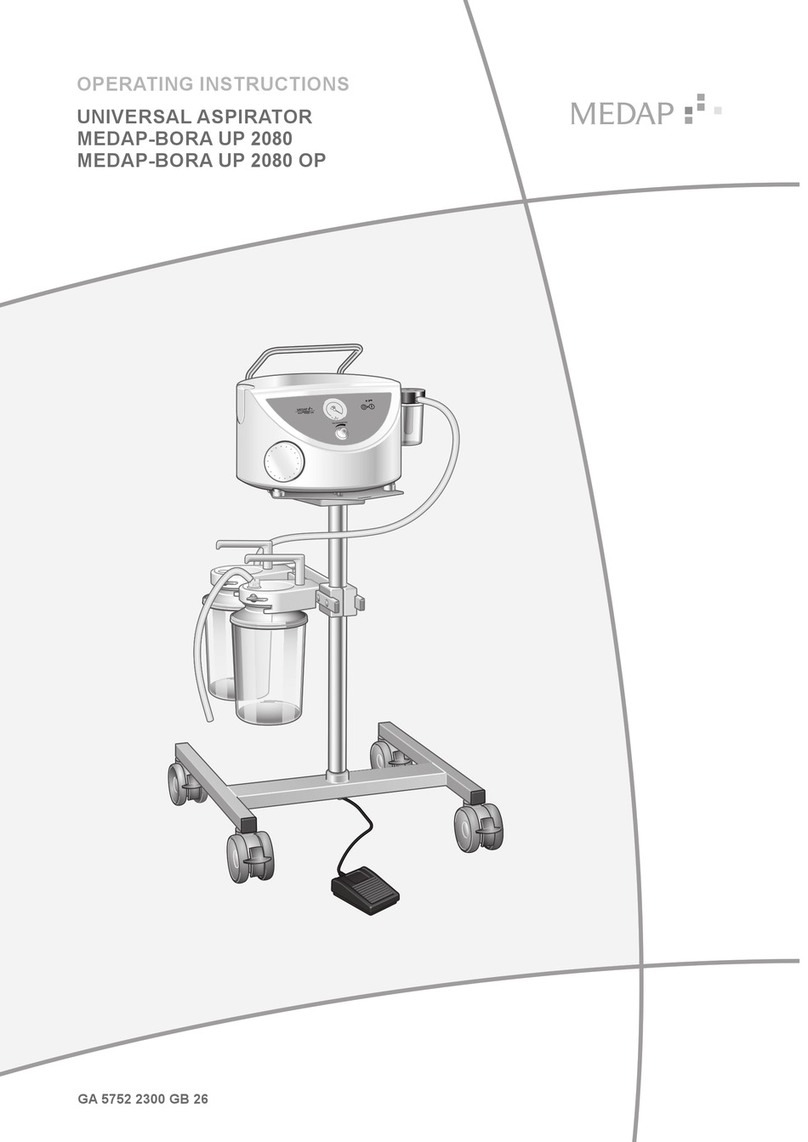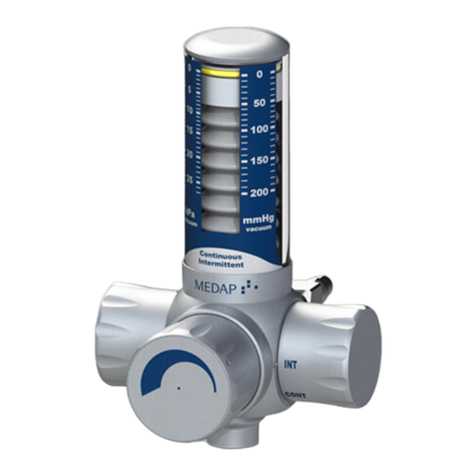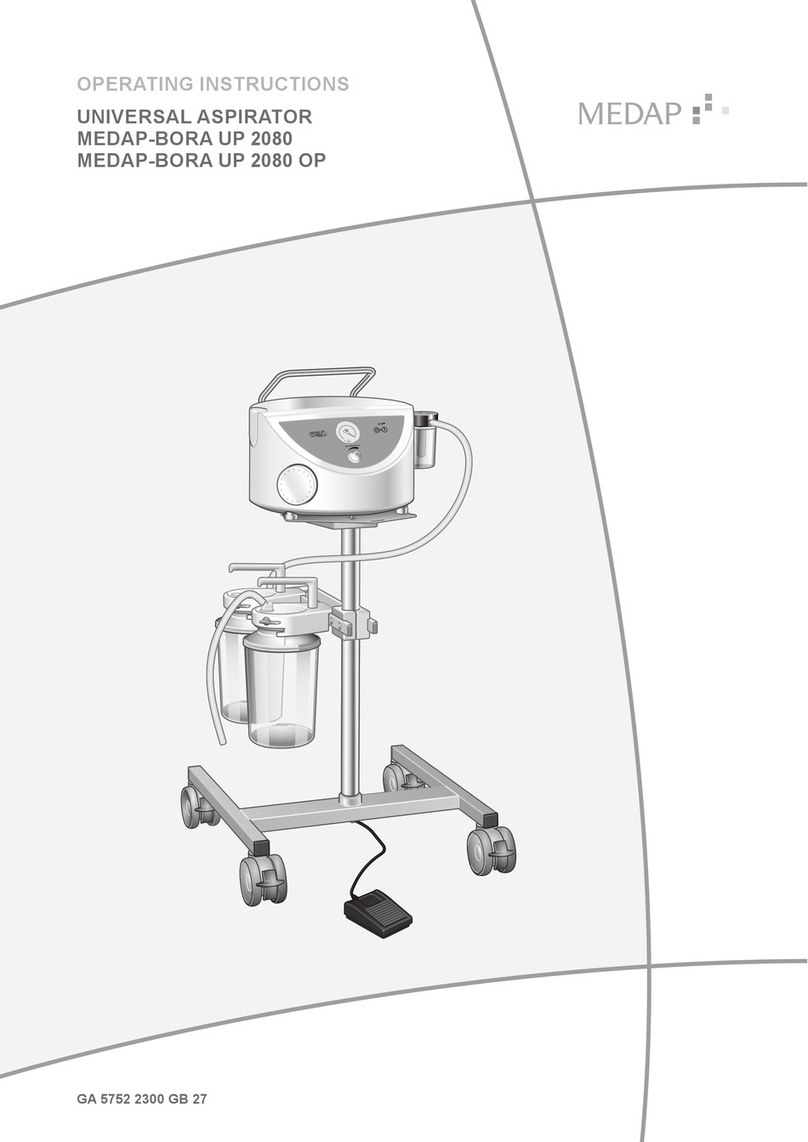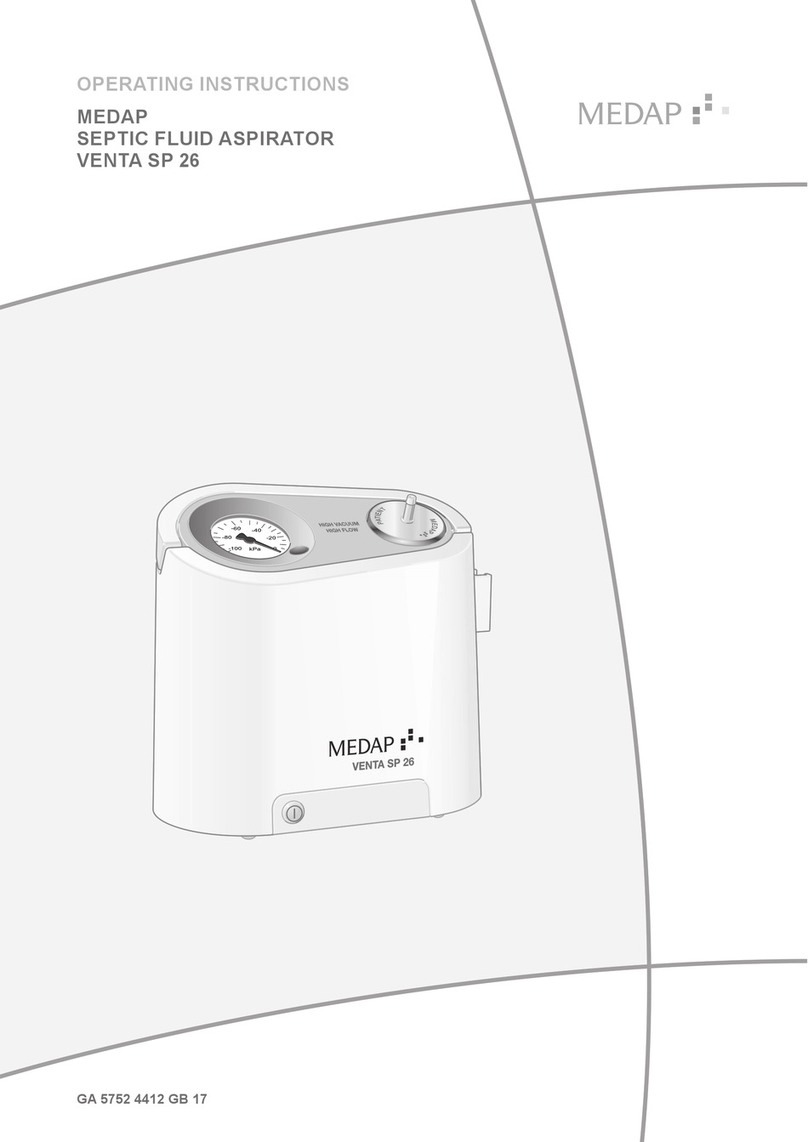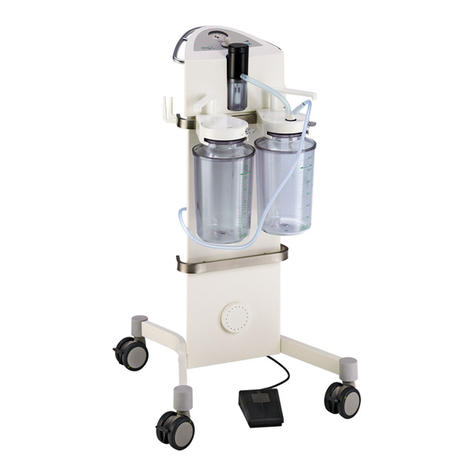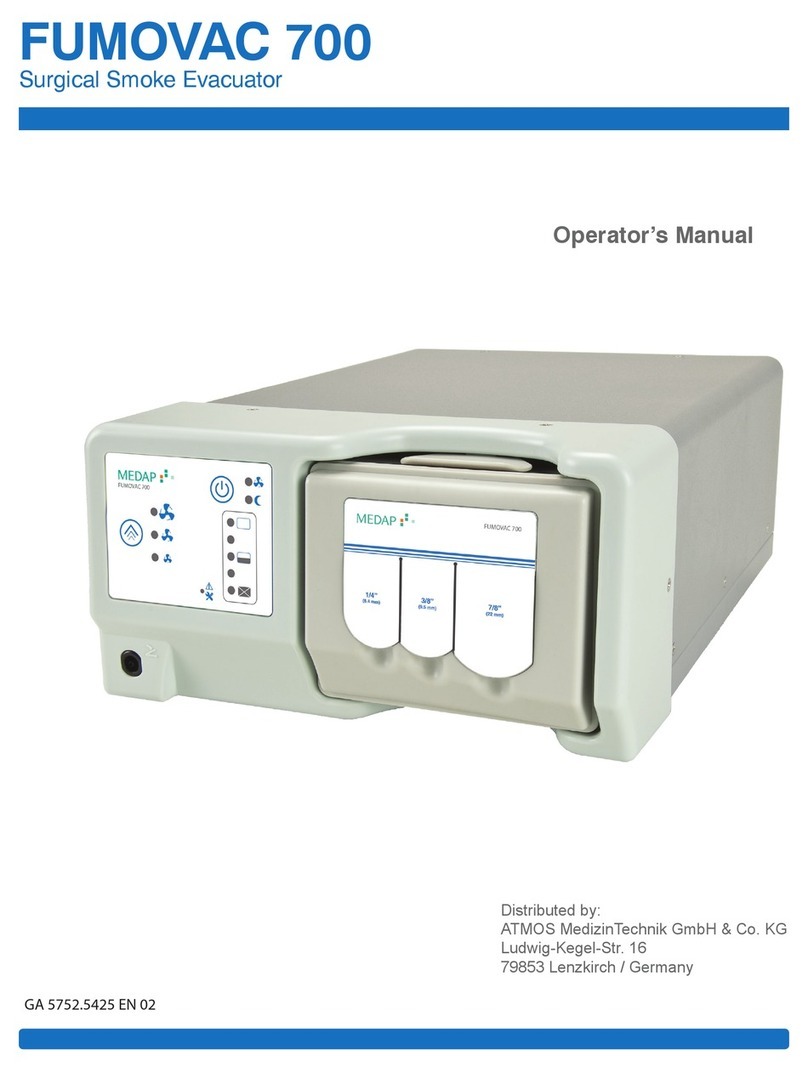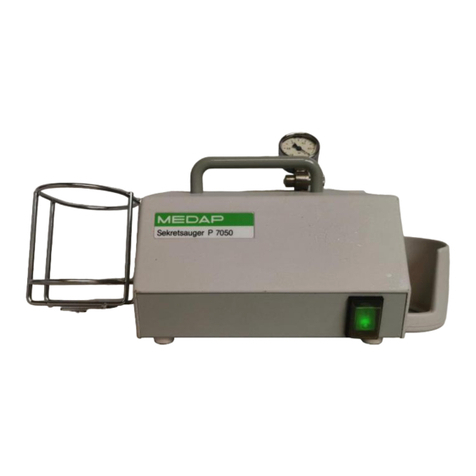
GA 5752 2133 GB 21 3
Table of contents
Table of contents
1 Introduction ..............................................................................................................................................5
1.1 Foreword ....................................................................................................................................................5
1.2 How to use these operating instructions ....................................................................................................5
1.2.1 Abbreviations ............................................................................................................................... 5
1.2.2 Symbols ....................................................................................................................................... 5
1.2.2.1 Cross-references ....................................................................................................... 5
1.2.2.2 Actions and responses .............................................................................................. 5
1.2.3 Definitions .................................................................................................................................... 6
1.2.3.1 Design of safety notes ............................................................................................... 6
1.2.3.2 Structure of notes ...................................................................................................... 6
1.3 Symbols used.............................................................................................................................................6
1.4 Disposal......................................................................................................................................................7
1.4.1 Packaging .................................................................................................................................... 7
1.4.2 ATMOS products.......................................................................................................................... 7
1.5 Overview ....................................................................................................................................................8
1.5.1 FINA VAC P 350........................................................................................................................... 8
1.5.2 Versions of the FINA VAC P 350.................................................................................................. 9
1.6 Basic requirements.....................................................................................................................................9
1.6.1 Use in accordance with the intended purpose ............................................................................. 9
1.6.2 Applicable standards.................................................................................................................. 10
1.6.3 Intended purpose ....................................................................................................................... 10
1.6.4 Versions of the FINA VAC P 350................................................................................................ 11
1.6.5 Interface description................................................................................................................... 11
1.6.5.1 Vacuum connection tube ......................................................................................... 11
1.6.5.2 Hydrophobic bacterial and viral filter ....................................................................... 12
1.6.5.3 Septic fluid jar including septic fluid jar cap ............................................................. 12
1.6.5.4 Suction tube............................................................................................................. 12
1.6.5.5 Fingertip................................................................................................................... 12
1.6.5.6 Utensil...................................................................................................................... 12
1.6.5.7 Mechanical overflow protection ............................................................................... 13
2 Safety notes............................................................................................................................................14
2.1 General safety notes ................................................................................................................................ 14
2.2 Product safety notes.................................................................................................................................14
3 Initial operation.......................................................................................................................................16
3.1 Equipment inspection...............................................................................................................................16
3.2 Mounting...................................................................................................................................................16
3.2.1 Mounting the vacuum gauge...................................................................................................... 16
3.2.2 Connection to the terminal unit .................................................................................................. 17
